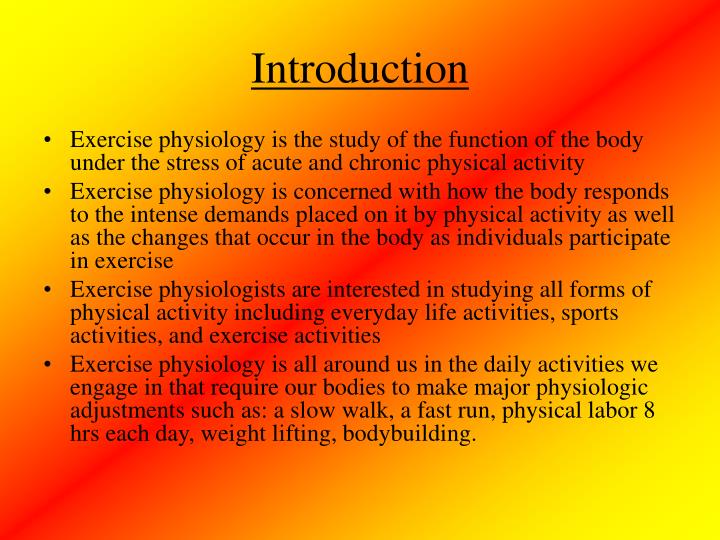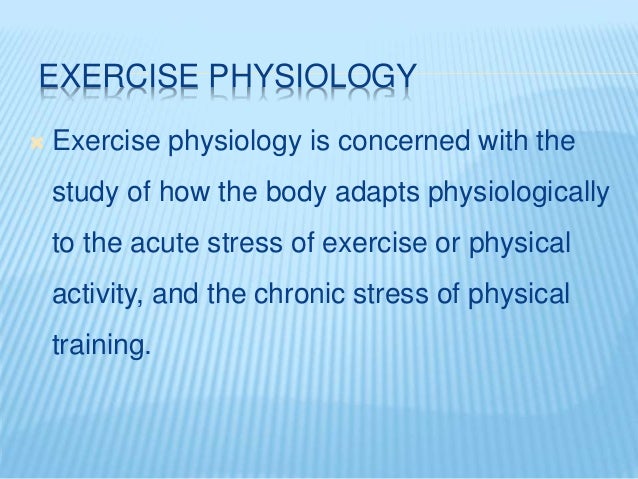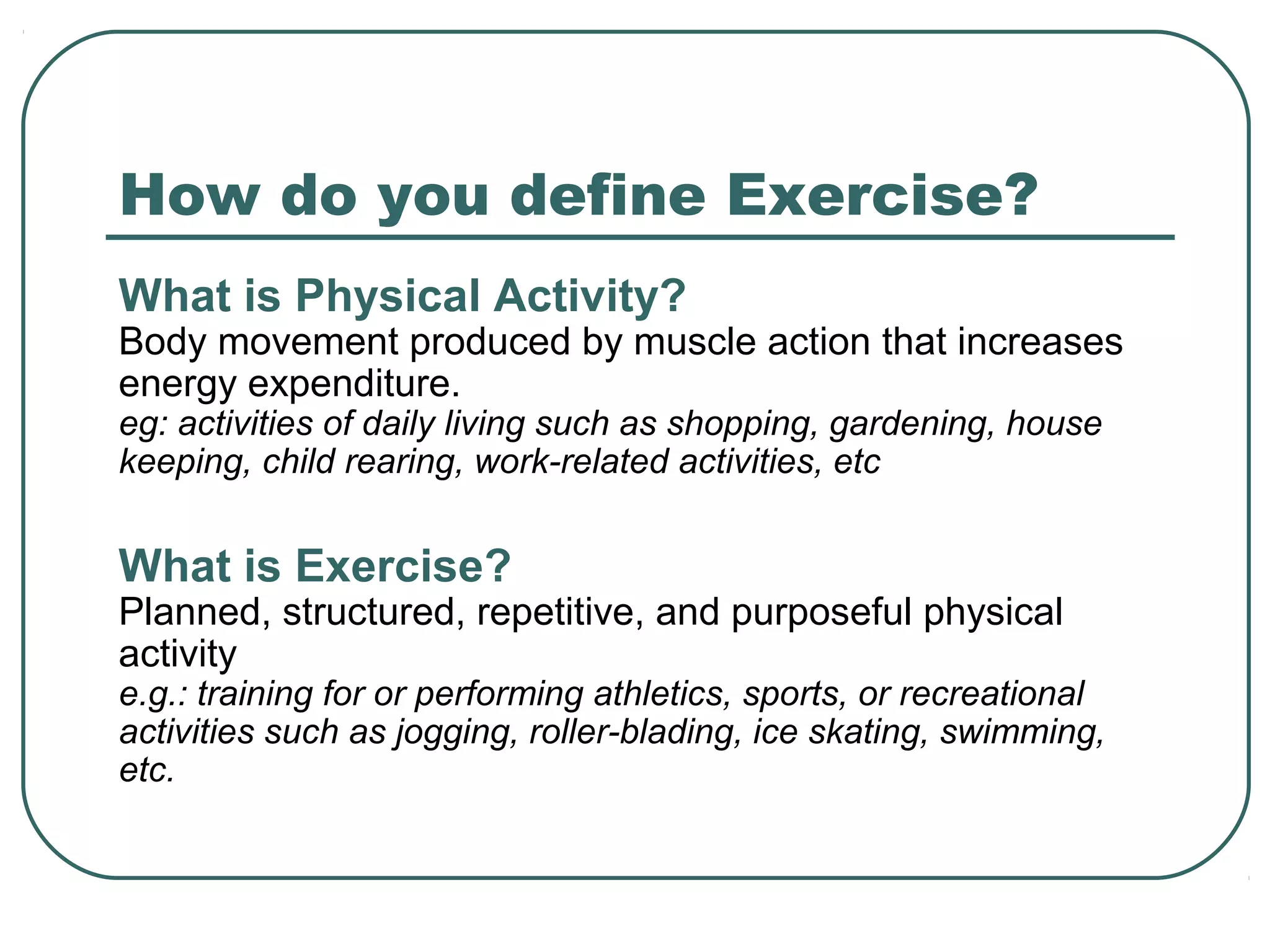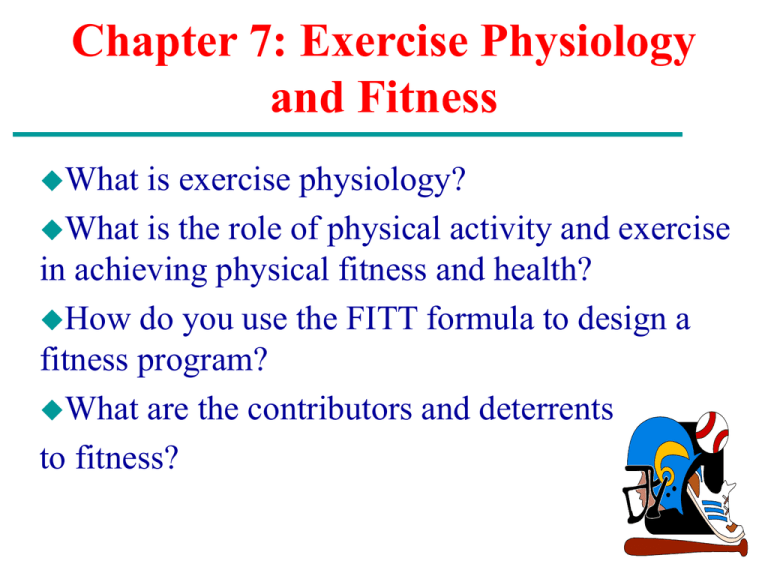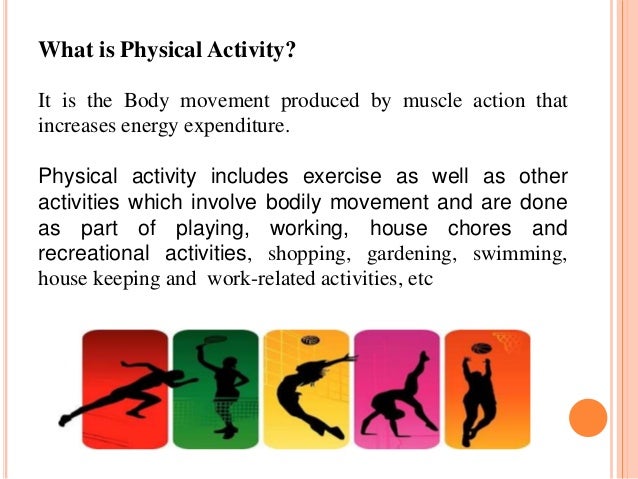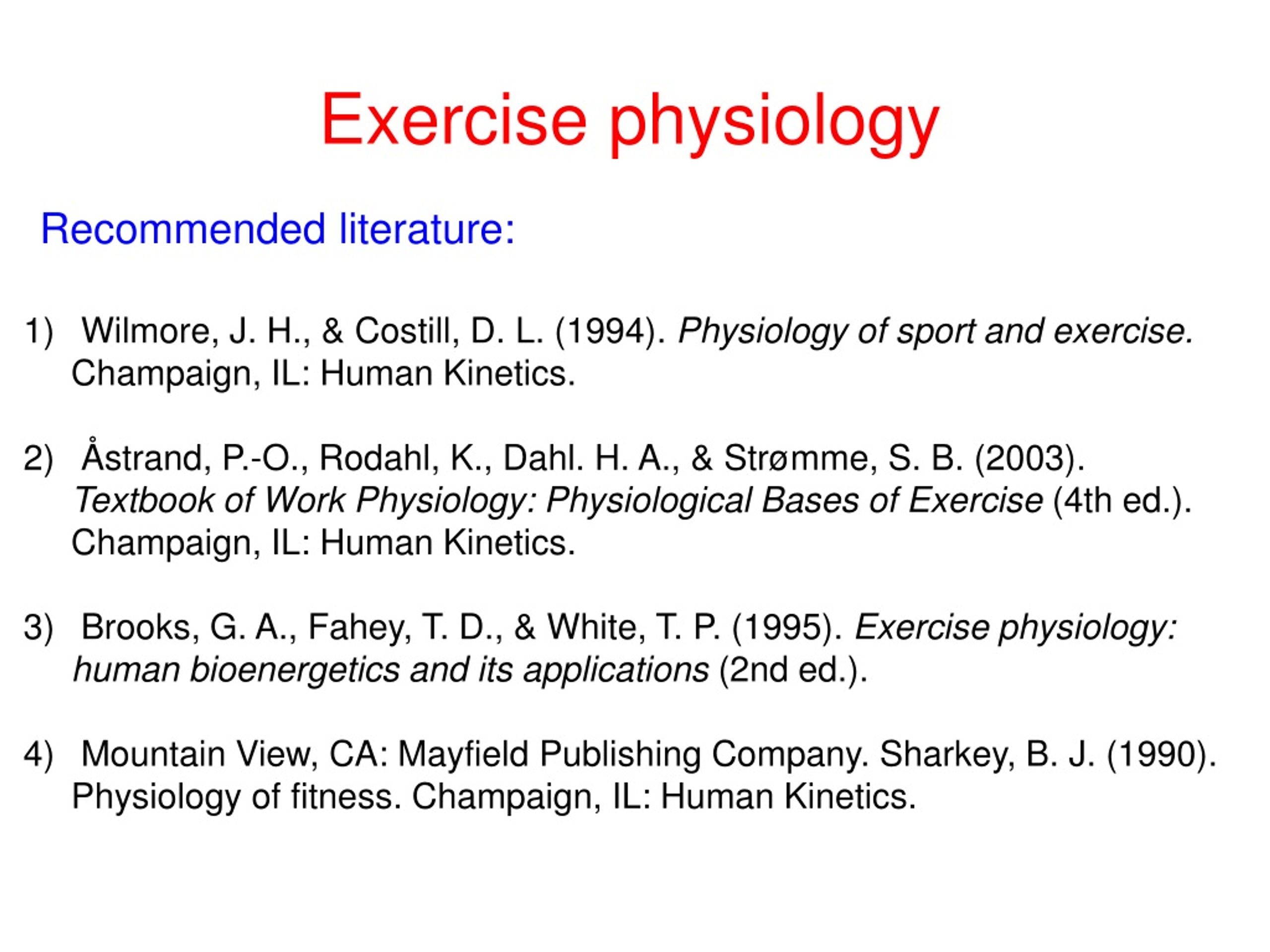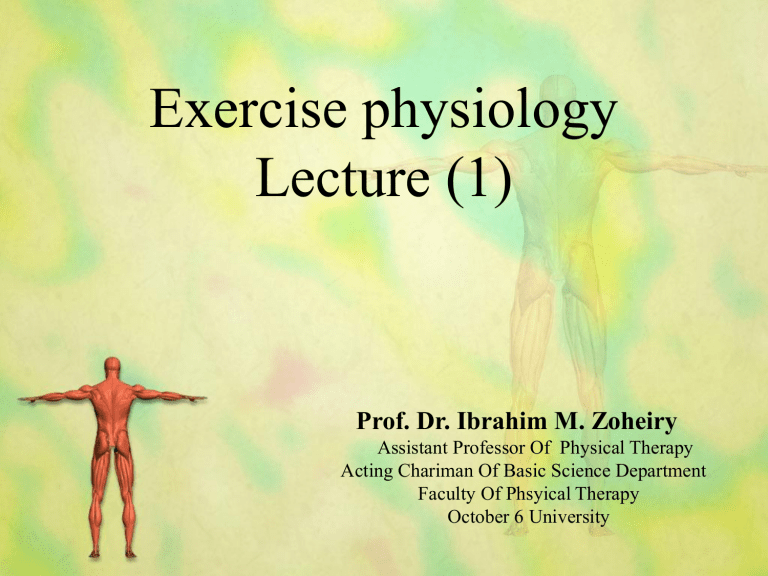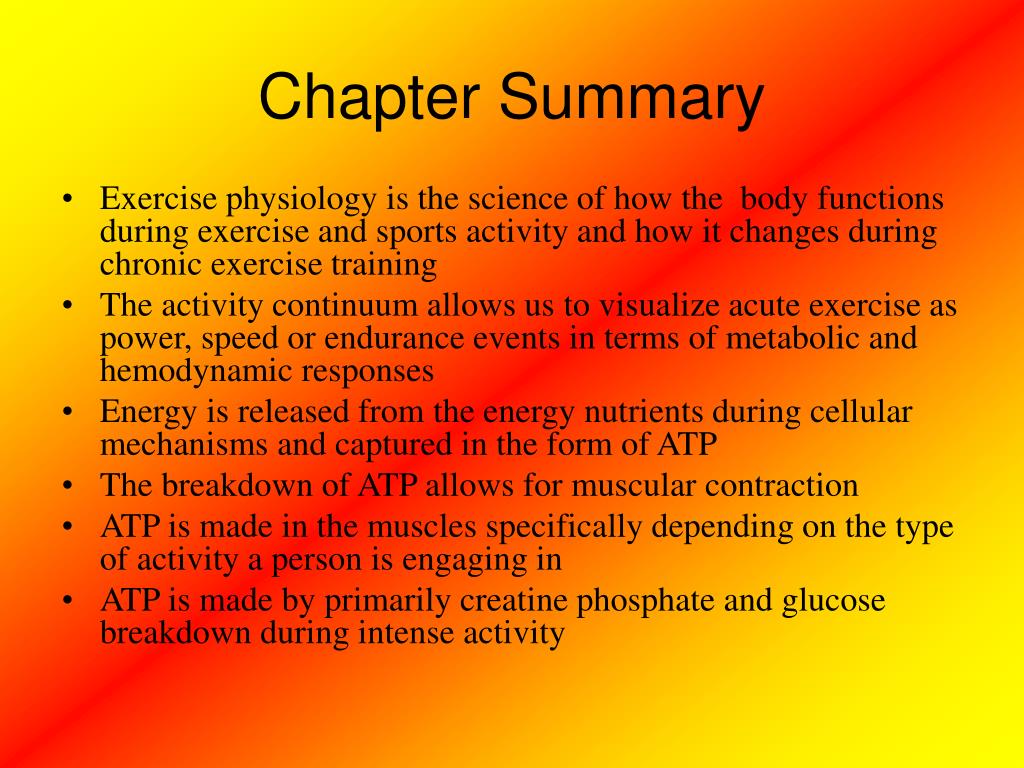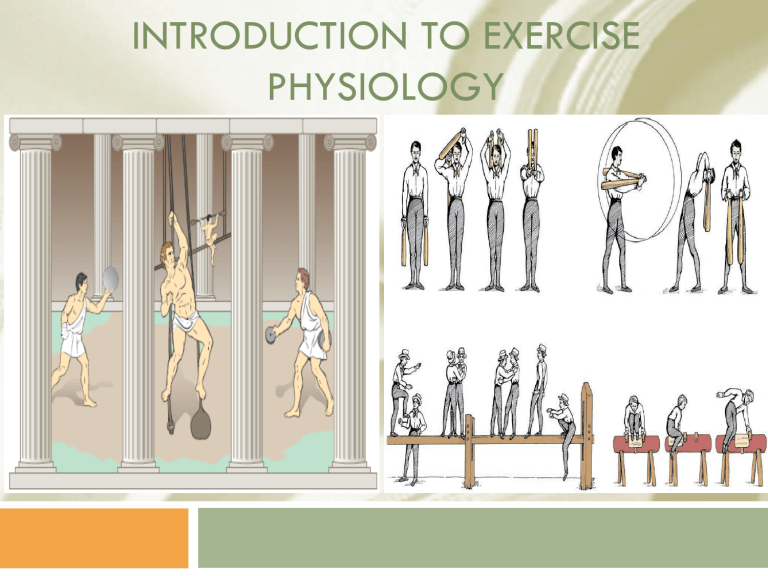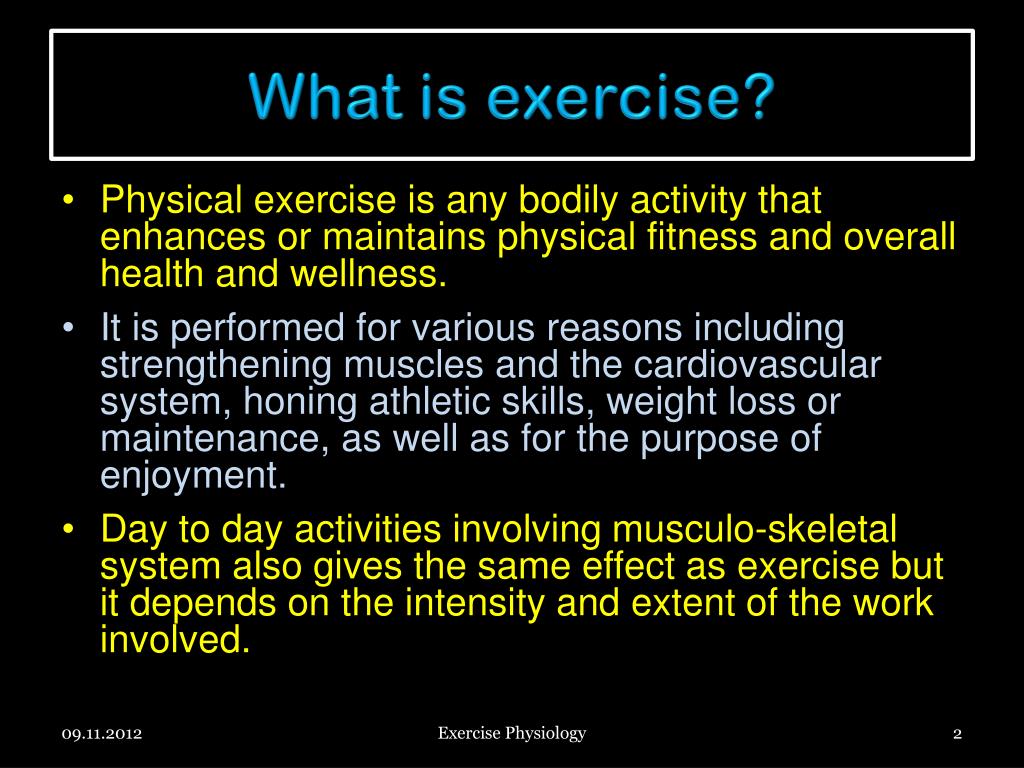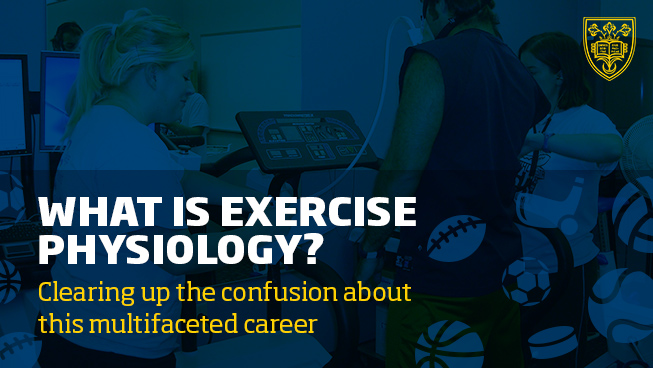Identify A True Statement About Exercise Physiology
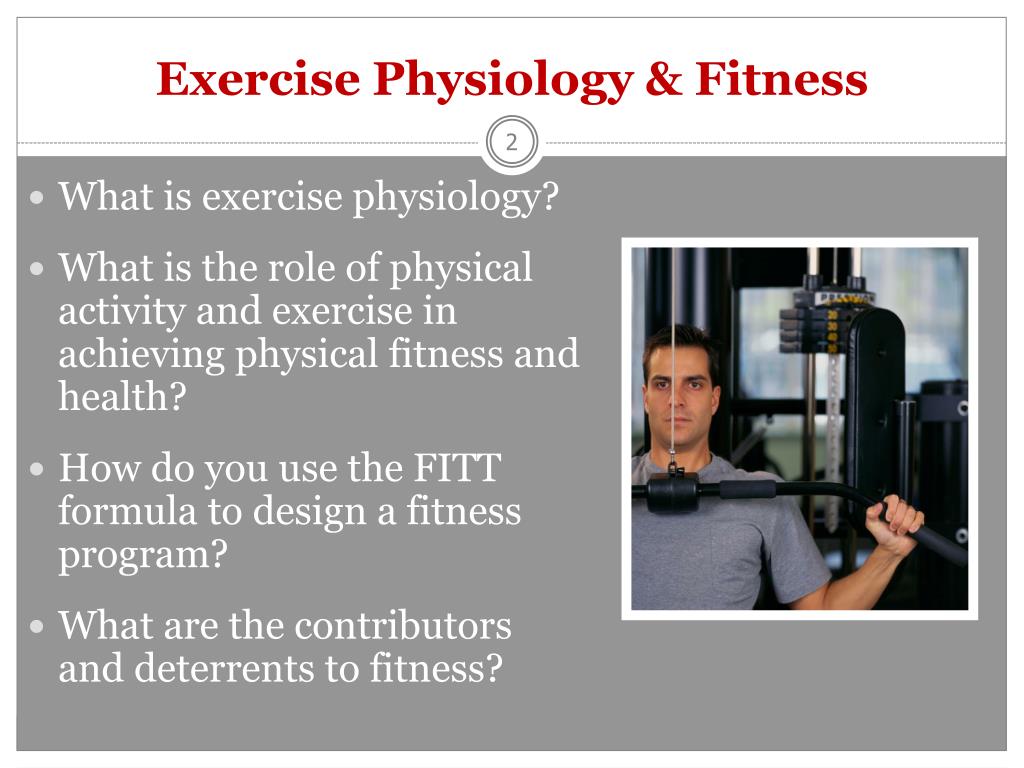
The crisp morning air bites at your cheeks as you lace up your running shoes. Dawn is just beginning to paint the sky with hues of rose and lavender, and the world is still quiet, save for the chirping of early birds. Each breath fills your lungs, a promise of energy and vitality. You’re not just exercising; you’re engaging in a complex dance with your own biology, a dialogue between intention and the intricate workings of your body.
This brings us to the heart of the matter: Understanding the science behind this dance. While many hold general ideas about fitness, understanding the true principles of exercise physiology is crucial for optimizing our workouts, preventing injuries, and achieving lasting health benefits. A true statement about exercise physiology is that it is the study of how the body adapts, both acutely and chronically, to physical activity and exercise. It examines the immediate responses of the body's systems to exercise, such as increased heart rate and oxygen consumption, as well as the long-term adaptations that occur with regular training, like improved cardiovascular fitness and muscle strength.
A Journey Through the Science of Movement
Exercise physiology isn't just about muscles and sweat. It's a multifaceted field that delves into the inner workings of our bodies, exploring everything from the cellular level to the integrated function of organ systems during physical activity.
Consider, for instance, the intricate interplay of energy systems. During exercise, our bodies utilize different pathways to generate energy, ranging from the immediate burst provided by the ATP-PC system to the sustained power of aerobic metabolism. Understanding which system predominates at different intensities and durations is key to designing effective training programs.
The field also explores the cardiovascular system's response. Think of the heart, not just as a pump, but as a sophisticated regulator adapting to the demands of exercise by increasing heart rate and stroke volume. The lungs, too, become more efficient at extracting oxygen and expelling carbon dioxide, optimizing gas exchange to fuel our muscles.
Historical Roots and Modern Advancements
The foundations of exercise physiology can be traced back to ancient Greece. Thinkers like Hippocrates observed the connection between physical activity and health. However, the discipline truly blossomed in the 20th century with the development of advanced research techniques and technologies.
Key figures like A.V. Hill, who won the Nobel Prize in 1922 for his work on muscle heat production, and Per-Olof Åstrand, known for his research on human work capacity, laid the groundwork for our current understanding. These pioneers and countless others helped build the evidence base that now informs our approach to exercise and rehabilitation.
Unlocking the Benefits: Applying Exercise Physiology Principles
The knowledge gained from exercise physiology research isn't confined to laboratories. It has profound practical applications in various fields, including sports training, rehabilitation, and public health.
For athletes, understanding exercise physiology principles is essential for optimizing performance. Coaches and trainers use this knowledge to design targeted training programs that enhance strength, endurance, and power. They monitor physiological parameters like heart rate, lactate levels, and oxygen consumption to fine-tune training intensity and volume, maximizing adaptation while minimizing the risk of overtraining.
In rehabilitation, exercise physiology plays a crucial role in helping individuals recover from injuries and illnesses. Physical therapists and other healthcare professionals use exercise physiology principles to develop tailored exercise programs that restore function, improve mobility, and reduce pain. They carefully consider the individual's condition, limitations, and goals to create a safe and effective rehabilitation plan.
The Role in Public Health
Perhaps the most significant impact of exercise physiology lies in its contribution to public health. Research has consistently demonstrated the profound benefits of regular physical activity in preventing and managing chronic diseases such as heart disease, diabetes, obesity, and certain types of cancer.
Public health initiatives promoting physical activity are often grounded in exercise physiology principles. These initiatives aim to educate individuals about the importance of exercise and provide guidance on how to incorporate physical activity into their daily lives safely and effectively. They emphasize the need for a balanced approach that includes both aerobic and strength training, tailored to individual needs and preferences.
Beyond the Textbook: Real-World Examples
Consider the case of a marathon runner preparing for a race. Their training regimen, carefully crafted based on exercise physiology principles, would involve a progressive increase in mileage, interval training to improve VO2 max, and strength training to enhance running economy.
Or, think of an individual recovering from a stroke. Their rehabilitation program would focus on exercises that promote neuroplasticity, strengthen weakened muscles, and improve balance and coordination. Each exercise is carefully selected and progressed based on the individual's specific needs and responses.
Even a simple walk in the park becomes more meaningful when viewed through the lens of exercise physiology. As your muscles contract, your heart pumps more blood, your lungs work harder, and your body taps into its energy reserves. You are actively engaging with your biology, reaping the rewards of movement and contributing to your overall health and well-being.
The Ever-Evolving Landscape
Exercise physiology is not a static field; it is constantly evolving as new research emerges and technologies advance. Emerging areas of interest include the impact of genetics on exercise performance, the role of the microbiome in exercise adaptation, and the use of wearable sensors to monitor physiological responses in real-time.
These advancements promise to further refine our understanding of the human body's response to exercise and pave the way for more personalized and effective interventions.
The study of exercise physiology is becoming increasingly personalized. Researchers are exploring how individual genetic variations influence responses to different types of exercise. This will lead to customized training programs based on your unique genetic blueprint.
A Final Reflection
So, the next time you engage in physical activity, remember that you're not just moving your body; you're engaging in a complex and fascinating physiological process. Understanding the principles of exercise physiology can empower you to make informed choices about your training, optimize your performance, and unlock the full potential of your body.
It’s a continuous journey of learning and adaptation, a dance between science and personal experience, ultimately leading to a healthier and more fulfilling life. Embrace the knowledge, listen to your body, and enjoy the incredible benefits of movement.
